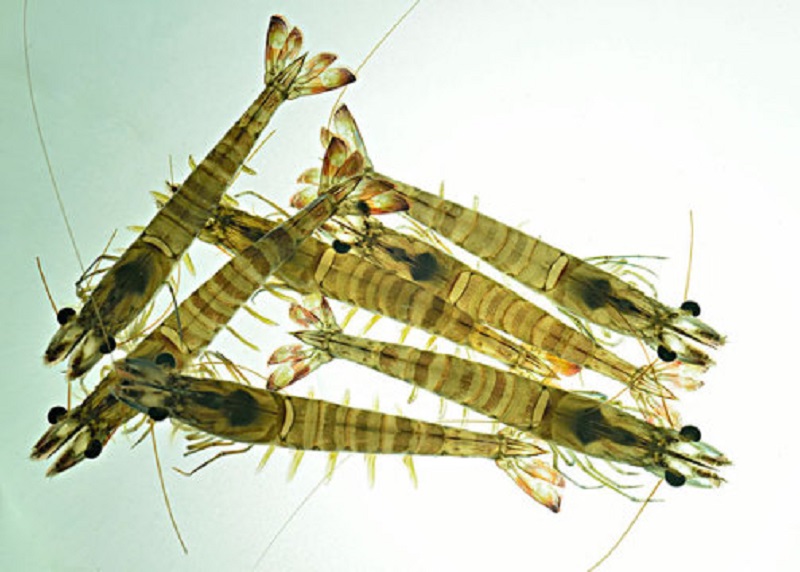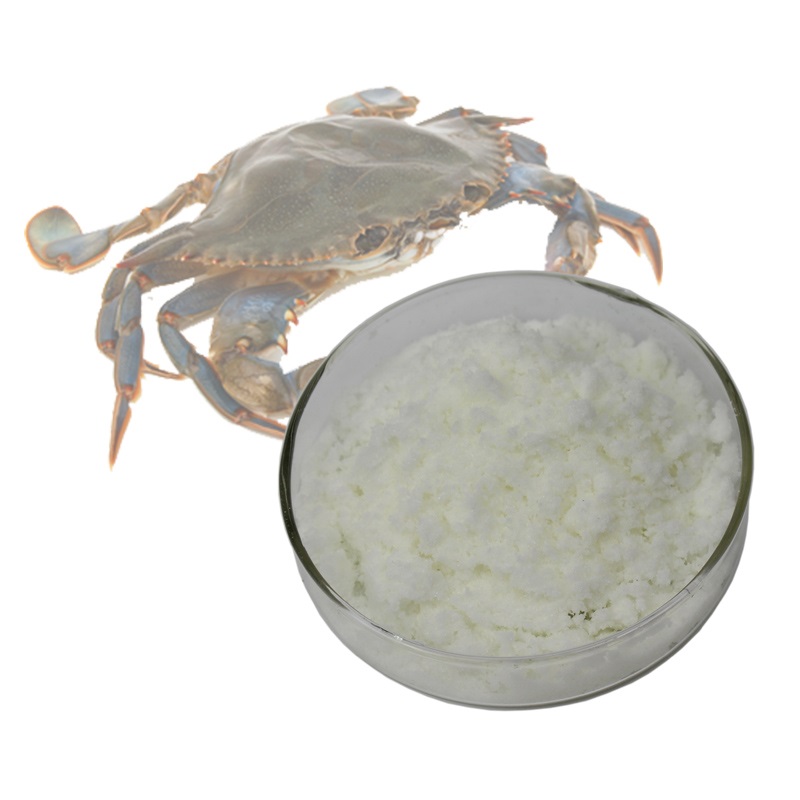I. The physiological process and requirements of shrimp molting
The molting process of shrimp is an important stage in their growth and development. During the growth of shrimp, as their bodies grow larger, the old shell will restrict their further growth. Therefore, they need to undergo molting to form a new and larger shell. This process requires energy consumption and has certain demands for nutrients, such as minerals like calcium and magnesium, which are used for the formation and hardening of the new shell; and some substances that promote growth and regulate physiological functions are also needed to ensure the smooth progress of the molting process.
DMT is an effective ligand for aquatic taste receptors, which has a strong stimulating effect on the taste and olfactory nerves of aquatic animals, thereby accelerating the feeding speed of aquatic animals and increasing their feed intake under stress conditions. Meanwhile, DMT has a molding-like effect, with strong molding-like activity, which can increase the molting speed of shrimp and crab, especially in the middle and later stages of shrimp and crab farming, the effect is more obvious
1. DMPT (Dimethyl-β-propiothetin)
Key Functions
- Powerful feeding attractant: Strongly stimulates appetite in fish, shrimp, crabs, and other aquatic species, improving feed intake.
- Growth promotion: The sulfur-containing group (—SCH₃) enhances protein synthesis, accelerating growth rates.
- Meat quality improvement: Reduces fat deposition and increases umami amino acids (e.g., glutamic acid), enhancing flesh flavor.
- Anti-stress effects: Boosts tolerance to environmental stressors like hypoxia and salinity fluctuations.
Target Species
- Fish (e.g., carp, crucian carp, sea bass, large yellow croaker)
- Crustaceans (e.g., shrimp, crabs)
- Sea cucumbers and mollusks
Recommended Dosage
- 50–200 mg/kg feed (adjust based on species and water conditions).
2. DMT (Dimethylthiazole)
Key Functions
- Moderate feeding attraction: Shows attractant effects for certain fish (e.g., salmonids, sea bass), though weaker than DMPT.
- Antioxidant properties: The thiazole structure may improve feed stability via antioxidant activity.
- Potential antibacterial effects: Some studies suggest thiazole derivatives inhibit specific pathogens.
Target Species
- Primarily used in fish feeds, especially for cold-water species (e.g., salmon, trout).
Recommended Dosage
- 20–100 mg/kg feed (optimal dose requires species-specific validation).
Comparison: DMPT vs. DMT
| Feature | DMPT | DMT |
|---|---|---|
| Chemical Name | Dimethyl-β-propiothetin | Dimethylthiazole |
| Primary Role | Feeding attractant, growth promoter | Mild attractant, antioxidant |
| Efficacy | ★★★★★ (Strong) | ★★★☆☆ (Moderate) |
| Target Species | Fish, shrimp, crabs, mollusks | Mainly fish (e.g., salmon, bass) |
| Cost | Higher | Lower |
Notes for Application
- DMPT is more effective but costlier; choose based on farming needs.
- DMT requires further research for species-specific effects.
- Both can be combined with other additives (e.g., amino acids, bile acids) to enhance performance.
Post time: Aug-06-2025







